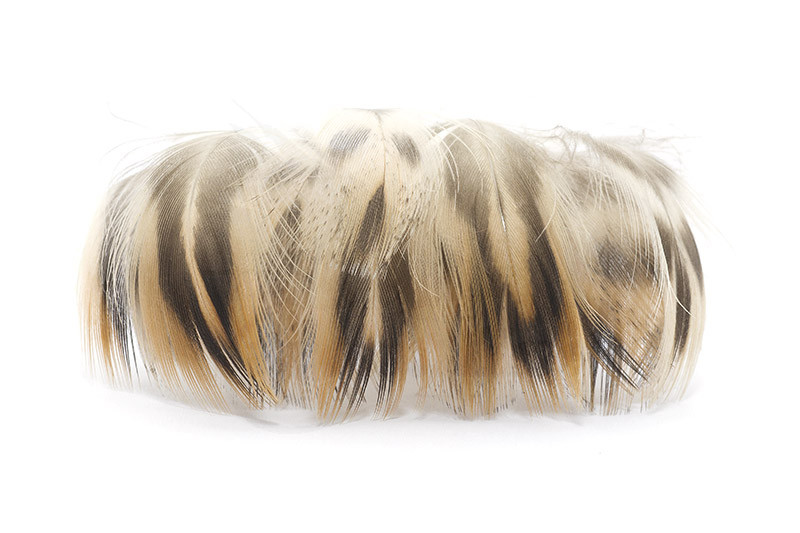Mallard breast feathers are a traditional and versatile material in fly tying, valued for their natural mottling, soft texture, and subtle sheen. They are typically grayish with a barred or speckled pattern and are taken from the breast area of wild or farmed mallard ducks.
Feathers details:
- Soft but with some structure: Easy to manipulate for wings and collars.
- Naturally barred/mottled appearance: Imitates insect wings or legs well.
- Good movement in the water: Due to fine barbs and slight translucency.
- Natural gray-brown shades: Often no need to dye them.
- Packing: 2 grams/pack
If you’re tying traditional wet flies or want a natural, soft-wing look, mallard breast feathers are excellent. They're not as trendy as CDC or synthetics today, but in classic patterns and for movement in water, they remain a valuable and authentic material.
| Use Case | Function in Fly | Popularity | Notes |
|---|---|---|---|
| Classic Wet Flies | Wings | High (Traditional) | Iconic in Mallard & Claret |
| Soft Hackles | Hackle/collar | Moderate | Adds movement and natural look |
| North Country Spiders | Wing/Leg substitute | Moderate | Authentic material |
| Nymphs | Legs/wing cases | Low to Moderate | More common in classic UK tying |
| Dry Flies | Wing (some sedges) | Low | Mostly replaced by synthetics or CDC |
Common Fly Patterns Using Mallard Breast Feathers:
1. Wet Flies (Classic and Modern)
Use: As wings or collars.
Examples:
Mallard & Claret (wing made entirely from paired mallard breast feathers)
March Brown (mallard for wings)
Various traditional soft hackles and spider patterns.
2. North Country Spiders
Use: Wing substitute or soft hackle.
Mallard is a common material for these minimalist, impressionistic patterns.
3. Nymphs
Use: Legs or wing cases.
Particularly in older UK patterns, mallard feathers are split and tied as legs.
4. Dry Flies (Occasional Use)
Not as common, but used in traditional patterns for wings, e.g.:
Greenwell’s Glory (occasionally substitutes with mallard)
Some small sedge or midge dry flies.
5. Emergers and CDC-style Patterns
Used sparingly as a wing material when a mottled or natural look is desired.



